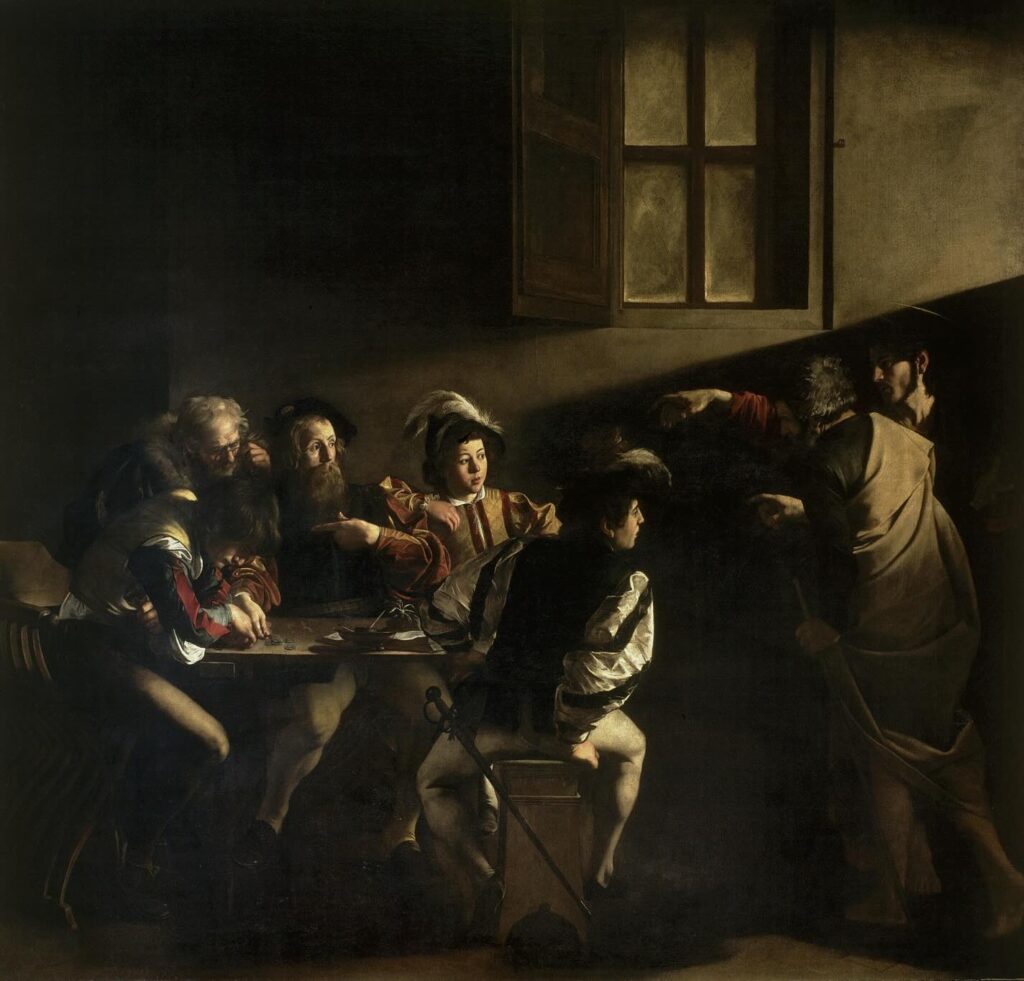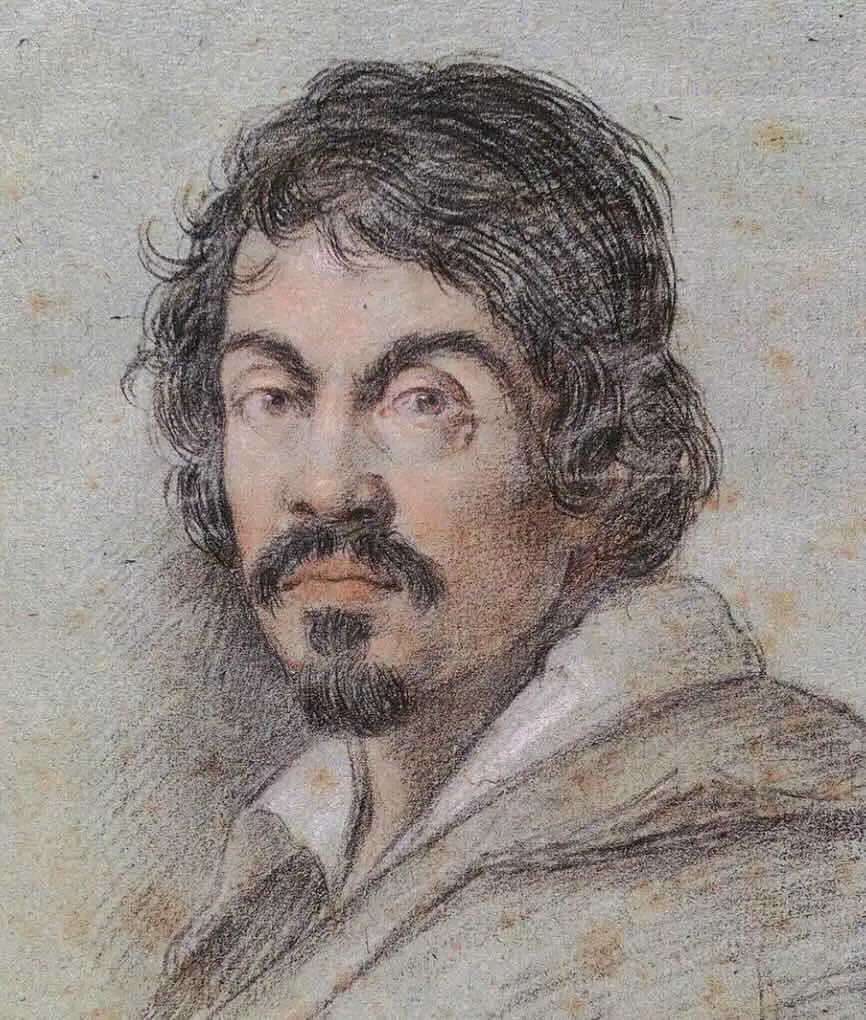Perhaps no other artist had as colorful a life as Michelangelo Merisi da Caravaggio, known simply as Caravaggio. He was a leading Italian painter of the late 16th and early 17th centuries, famous for his large-scale religious works’ intense and unsettling realism. His career as a painter was as turbulent as his artwork, marked by dramatic use of light and shadow. Caravaggio’s life was filled with altercations and a constant push against societal norms, living perpetually on the edge.
Despite his artistic genius, Caravaggio’s personal life was fraught with conflict. He was involved in numerous brawls, and his notorious temper eventually led to his exile after killing a man in a duel. His death in 1610 remains shrouded in mystery, adding another layer of intrigue to his fascinating story. As we explore the life and legacy of this fantastic and influential artist, we uncover the depths of his contributions to art and the lasting impact of his tumultuous existence.
Table of Contents
- Caravaggio’s Life, Art, And Artistic Influence Explored
- Caravaggio’s Artistic Style And Influence
- Related Questions
Caravaggio’s Life, Art, And Artistic Influence Explored
Michelangelo Merisi da Caravaggio, known simply as Caravaggio, remains one of art history’s most enigmatic and influential figures. Born in 1571 in Milan, his life was as dramatic and turbulent as his paintings.
We will delve into Caravaggio’s life, exploring his artistic genius, controversial actions, and lasting impact on the art world.

Early Life And Tragic Family Deaths And Connections
Caravaggio (Michelangelo Merisi or Amerighi) was born in Milan, where his father, Fermo (Fermo Merixio), served as a household administrator and architect-decorator to the marquess of Caravaggio, a town 35 km east of Milan and south of Bergamo. In 1576, the family moved to Caravaggio to escape a plague that ravaged Milan.
Caravaggio’s father and grandfather died there on the same day in 1577. This tragic loss left the family in poverty, with his mother having to raise all five children alone.
It is assumed that Caravaggio grew up in Caravaggio. Still, we know his family maintained connections with the Sforza and the powerful Colonna families, who were allied by marriage with the Sforzas. These connections would play a significant role later in Caravaggio’s life.
In 1584, the same year his mother died, Caravaggio began a four-year apprenticeship with the Milanese painter Simone Peterzano, described in the apprenticeship contract as a pupil of Titian.
Artistic Beginnings
Caravaggio moved to Rome in his early twenties, where his talent quickly gained attention. His early works, characterized by their intense realism and dramatic use of light and shadow, distinguished him from his contemporaries.
Caravaggio’s art often depicted religious scenes, but his approach radically differed. He painted sacred subjects with a raw, human touch, using ordinary people as models, bringing immediacy and relatability to his works.
Life On The Edge: Caravaggio’s Turbulent Years
Caravaggio’s life was marked by violence and controversy despite his artistic success. Known for his fiery temper, he was frequently involved in brawls and legal disputes.
The most infamous incident occurred in 1606 when he killed a man named Ranuccio Tomassoni during a duel. Accused of murder, Caravaggio fled Rome, becoming a fugitive.
Caravaggio’s years on the run took him to Naples, Malta, and Sicily. Despite his precarious situation, he continued to produce masterpieces. However, his volatile nature persisted, leading to more conflicts and imprisonments.
Relationship With The Catholic Church
Caravaggio’s relationship with the Catholic Church was complex. On one hand, he was commissioned to create several significant religious works.
His paintings, such as “The Calling of Saint Matthew” and “The Conversion of Saint Paul,” were revolutionary in depicting biblical scenes with stark realism and emotional depth. These works resonated with the Counter-Reformation’s emphasis on accessible and relatable religious art.


On the other hand, Caravaggio’s behavior often clashed with the Church’s expectations. His inclusion of gritty, unidealized human figures in sacred contexts sometimes drew criticism.
The Church also recognized his genius, and many of his patrons were high-ranking church officials who appreciated his ability to convey the divine through the human.
Caravaggio’s Legacy And Untimely Death
Caravaggio’s life came to a mysterious and premature end in 1610. He died under uncertain circumstances in Porto Ercole at the age of 38. Some theories suggest he succumbed to wounds from a previous altercation, while others propose he died of a fever.
Despite his troubled life, Caravaggio’s legacy endures. He revolutionized the art world with his innovative techniques and his ability to portray the divine in the everyday. His works remain some of the most celebrated and studied pieces in art history, securing his place as an essential artist whose influence continues to resonate.
Caravaggio’s Artistic Style And Influence
Caravaggio’s artistic style, characterized by dramatic chiaroscuro (the contrast between light and dark), brought a new level of intensity and realism to Baroque art. His use of chiaroscuro was revolutionary. He employed stark contrasts to create a sense of volume and three-dimensionality, which gave his figures a palpable physical presence.
This technique also heightened the emotional impact of his scenes, directing the viewer’s attention to the most critical and often most dramatic moment of the narrative. His compositions frequently featured diagonal solid lines and asymmetrical arrangements, enhancing the dynamism and tension within the artwork.
Caravaggio’s subject matter was also notable for its realism. He depicted religious and mythological scenes with unflinching honesty, using models from the streets of Rome to portray saints and deities.
This grounded his divine subjects in the human experience, making them more relatable and accessible to the viewer. His choice of everyday people as models, combined with his meticulous attention to detail, lent his work an unprecedented authenticity and immediacy.
Caravaggio’s Legacy Lasted Well Beyond His Lifetime
The influence of Caravaggio’s style extended well beyond his lifetime, shaping the Baroque movement and inspiring countless artists across Europe.
Among the most notable were Peter Paul Rubens, Rembrandt, and Georges de La Tour, who were profoundly affected by Caravaggio’s innovative use of light and shadow and realistic approach to human figures. These artists adopted and adapted Caravaggio’s techniques, contributing to the spread of the Baroque style throughout Europe.

Caravaggisti – The Followers Of Caravaggio
A significant testament to Caravaggio’s impact is the emergence of the Caravaggisti, a group of artists directly inspired by his work. These followers, including Italian and foreign painters, adopted his dramatic lighting and naturalistic approach to subjects.
Their works helped to disseminate Caravaggio’s style throughout Italy and beyond, ensuring his influence was felt in various artistic centers such as Naples, Utrecht, and even Spain.
Caravaggio’s legacy lies in his groundbreaking techniques and his ability to convey profound human emotion and narrative depth through his art. His work challenged the conventions of his time and opened new avenues for artistic expression, making him a pivotal figure in the transition from Renaissance to Baroque art.
Today, his paintings continue to be celebrated for their robust realism and dramatic intensity, securing his place as one of the most essential and influential artists in the history of Western art.
Caravaggio’s life and art are a testament to the power of genius intertwined with human imperfection.
His ability to capture the rawness of human emotion and his innovative use of light and shadow defined his work and left an indelible mark on the art world. Through his dramatic and often tumultuous life, Caravaggio has bequeathed a legacy that continues to inspire and captivate us.
His legacy continues to live on.
Listen To Our Podcast About Is Caravaggio’s Life and Art a Tale of Controversy and Lasting Impact? Below or By clicking here.

Anita Louise Art is dedicated to art education, great artists, and inspiring others to find and create their art. We love art that uplifts and inspires. #ArtToMakeYouSmile! #ArtToMakeYouHappy!
If you are interested to see any of my art, you can find out more by clicking here. If you are interested in what inspires me and my paintings, you can discover more by clicking here.
We have a free newsletter and would love you to be part of our community; you can subscribe to the newsletter by clicking here. I would be happy to talk to you if you have any questions. You can reach me, Anita, by clicking here.
Subscribe to our Anita Louise Art YouTube Channel with great videos and information by clicking here.
Join us for our podcast “5 Minutes With Art.” Spend just 5 minutes a week with us to discover and learn about great art and artists. You can find out more about our podcast by clicking here.
Related Questions
Why Paintings Like Rothko’s No. 6 (Violet, Green, & Red) Are Expensive
Mark Rothko’s No 6 (Violet, Green, and Red – 1951) was sold in 2014 for 140,000.000 Euro or over 184,000,000 USD. A huge amount for any painting. Many of Mark Rothko’s paintings continue to fetch record numbers at auction houses worldwide.
By clicking here, you can learn more by reading Why Paintings Like Rothko’s No. 6 (Violet, Green, & Red) Are Expensive.
What Makes Mark Rothko’s Paintings So Valuable?
Mark Rothko’s paintings have been valuable for many years; they are in high demand and continue to fetch record prices around the globe. At first glance, the paintings may look simple, but upon closer look, they are very complex; they are meant to evoke our emotions and to transport us to another realm.
By clicking here, you can discover more by reading What Makes Mark Rothko’s Paintings So Valuable?.
The Last Painting Created By Mark Rothko Before His Death
Mark Rothko’s final painting, a bright red painting called Untitled, 1970 many feel symbolizes blood, particularly his blood as he died from an overdose and slashing his wrists; Mark Rothko was 66 years old and left no suicide note. We know that before his death, he also painted a black and grey series that many have felt was his painted suicide note.
By clicking here, you can learn more by reading The Last Painting Created By Mark Rothko Before His Death.

